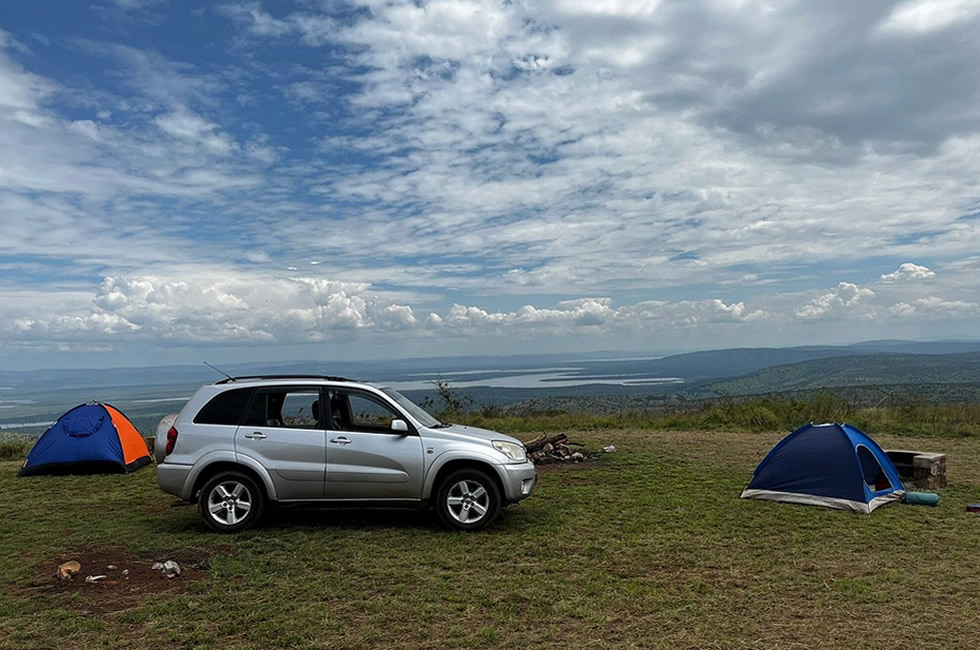Traveling to a new destination means you’re likely going to a place where you don’t typically drive or may not be familiar with all state-specific driving laws. If you took a flight to this destination, it also means you’ll have to rent a car, so you’ll be driving a car that is not your own.
When renting a car in Rwanda while on vacation, your first thought might be how many passengers you will have or if you will share the driving with someone else. Then, you might take into account the refueling options and the return times to avoid penalty fees. However, you should also consider other factors like weather, safety, insurance, and how the car fits you as a driver.
Follow the steps below before you drive off in your rental car.
- Consult Your Insurance Agent
Many car rental companies provide insurance packages. In turn, many insurance companies include rental cars in their packages. Prior to booking your rental car, check with your auto insurance agent to see if your policy includes coverage when driving a rental car. Additionally, be sure to list all possible drivers on the rental agreement.
- Rent a car you know you can Drive
Double check that the company has the vehicle you want. Rental companies often offer small vehicles, such as compact sedans, at lower rates. Many of these vehicles might not include four-wheel drive or navigation systems, car features to which many drivers are accustomed. You will need to make the decision if the bargain price is worth the reduced features, especially when it comes to safety.
- Make a Reservation
Many major rental car agencies gladly accept walk-up customers, but companies sometimes rent out their entire inventory and are left unable to service new customers. To ensure that a vehicle is available to rent, place a reservation for the rental using the company’s website as far ahead of time as possible. As an added bonus, customers with reservations are usually charged a lower rate than walk-up customers.
- Present Payment and License to Rental Agency
Upon arriving at the car rental location, the agent behind the desk will verify the reservation and request two items: a valid driver’s license and a major credit card. The driver’s license is used to validate the renter’s identification, license status, age, and address (in case the car is not returned), and the credit card is generally charged a “hold” in the amount of the rental (rental companies use this hold to ensure they will be paid when the car is returned).
- Review the Rental Agreement
Rental agreements vary from company to company, and should be carefully reviewed before taking the keys to the rental car. Verify how many miles are allowed per day many, but not all, companies offer unlimited mileage allowance and other nuances, such as when the car must be returned, any grace periods, and additional fees that may be incurred.
- Review the Damage Insurance
A part of the contract that requires special attention is the loss and damage insurance. Most companies offer special insurance at the time of rental that pays for repair of any damage, though this coverage often comes at a hefty charge. In many cases, the credit card used to reserve and rent the vehicle offers similar coverage as a free benefit. Before accepting or declining the car rental agency’s insurance, be certain to become familiar with the free benefits offered by the credit card cardholder agreement. You should also check with your own car insurance company, as many policies afford you the same protection on a rental car as you have on your own car.
- Accept the Keys
With the contract signed, the car rental agent will offer keys to the rental car. Many companies simply assign a vehicle at random based on the class of car reserved, though some companies allow their customers to select a car from a designated portion of the lot. Before you drive off the lot, quickly review the car, both inside and out. If the gas tank isn’t full, if you see somebody damage, if something isn’t working properly, be sure to inform the rental agent. Otherwise, you might be held responsible for those problems once you return the car. If everything’s in order, off you go.
- Check Your Rental Vehicle before You Drive
Before you drive off the lot, do a 360-degree inspection of the vehicle. It’s also a good idea to take photos of the vehicle before your first trip. Make note of any preexisting dents, scratches, or issues with the vehicle and share this with your rental agent to include in the paperwork. If you notice significant damage, it might be best to request a different vehicle.
- Return the Car
When the car rental period is complete, simply return the vehicle to the designated area. Depending on the company, an attendant may be present in the lot, or the keys may be returned to a designated drop box inside the rental office. Most car companies require that the car be returned with a full tank of gas, unless you pre-paid for the gas as part of your agreement.
Conclusion
These factors will directly impact your driving experience and, if ignored, can make your vacation unnecessarily stressful. So, as you plan your next travel or vacation.


